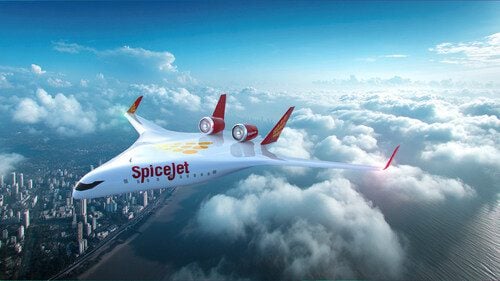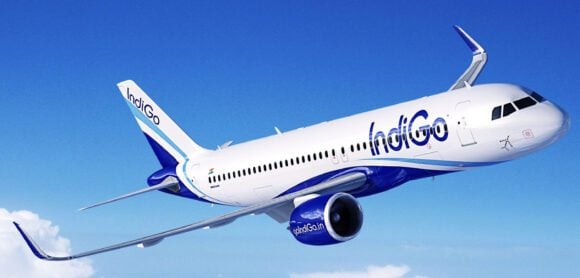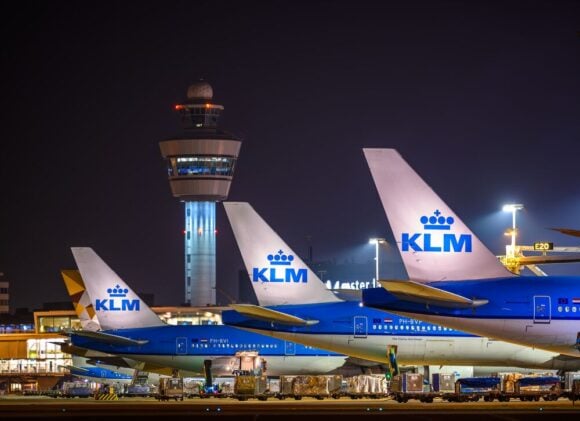
Livery Image1
Air India is setting up South Asia’s largest Flying Training Organization (FTO) at Amravati in Maharashtra as part of an initiative by the Maharashtra Airport Development Company (MADC). This FTO will serve the airline’s ambitions as it moves ahead in its transformation journey and strengthen the available pilot training capacity in India. South Asia generally refers to the grouping of countries that include Pakistan, Nepal, Sri Lanka, Bangladesh, Bhutan, and the Maldives, among others.
This is the first FTO by an airline in the country. For training, 31 single-engine aircraft and three twin-engine aircraft will be used. The FTO at Amravati’s Belora airport, which has been licensed by the Indian aviation regulator, the Directorate General of Civil Aviation, will be operational by Q1 Fiscal 2026 and will target graduating 180 commercial pilots every year.
The Maharashtra Airport Development Company (MADC) has awarded Air India a tender to establish and operate this DGCA-licensed FTO in Amravati for 30 years.
Commenting on the new development, Mr. Campbell Wilson, Managing Director and Chief Executive Officer, Air India, said that the FTO at Amravati will be a significant step towards making Indian aviation more self-reliant and offering more opportunities to the youth in India to fulfill their ambitions of flying as pilots. “The young pilots coming out of this FTO will fuel Air India’s ambition of becoming a world-class airline as it moves ahead in its transformation journey,” he said.
Sunil Bhaskaran, Director of Aviation Academy, Air India, said that the FTO will offer aspiring pilots an opportunity to undergo training with world-class curricula at par with best-in-class global schools. “We are delighted to be playing a part in building the aviation infrastructure India needs as one of the world’s fastest-growing aviation markets and to support the government’s vision for an Atmanirbhar Bharat (Self Reliant India),” he said.
Swati Pandey, Vice Chairman & Managing Director, Maharashtra Airport Development Company, thought that this collaborative initiative between MADC and Air India would not only boost Maharashtra’s economy by focusing on over 3,000 new employment opportunities within the aviation sector but also create employment in multifarious allied activities in skilling, technical and small entrepreneurial ventures culminating in an impressive contribution of over Rs 10 billion to the state’s GDP over the next decade. “The establishment of South Asia’s largest FTO will certainly encourage students in Maharashtra to pursue careers in aviation which would further instill a deep sense of inspiration and pride for the state of Maharashtra and the Indian citizenry,” she added.
At the FTO in Amravati, Air India will develop a state-of-the-art training institute over 10 acres, with digitally enabled classrooms, hostels at par with global academies, a digitized operations center, and its maintenance facility to elevate operational efficiency. The FTO is curated to deliver the highest safety standards and best-in-class training.
As part of its commitment to investing in aviation training, Air India announced earlier this year its new Training Academy in Gurugram, spread over 600,000 sq ft, the largest in South Asia.
Terming the announcement by Air India as “interesting and a good step forward, especially given the clear demand for pilots by the airline,” Satyendra Pandey, Managing Partner, Aairavat Technology & Transport Ventures Private Ltd, said, “However, the proof will be in the execution. Air India already has a training setup for advanced training and with this facility at Amravati they can train pilots ab-initio. Even so, the path ahead will be anything but smooth,” Pandey said.
He pointed out that flight training organizations in India have had a patchy past, and Air India will have to navigate its way through multiple challenges. Whether it is the availability of skilled instructors, the training curriculum, the availability of Jet Fuel, the pricing, or the pace of training, all of it will have to be planned.
“At the end of the day, the training will have to deliver pilots comfortable in ‘stick and rudder’ basics and glass cockpits. When ready, the choice of training aircraft and training standards will be a good tell,” Pandey said, adding that overall, (it is) a good step forward. “However, it is worth repeating that the proof will be in the execution,” he emphasized.
Views: 28




